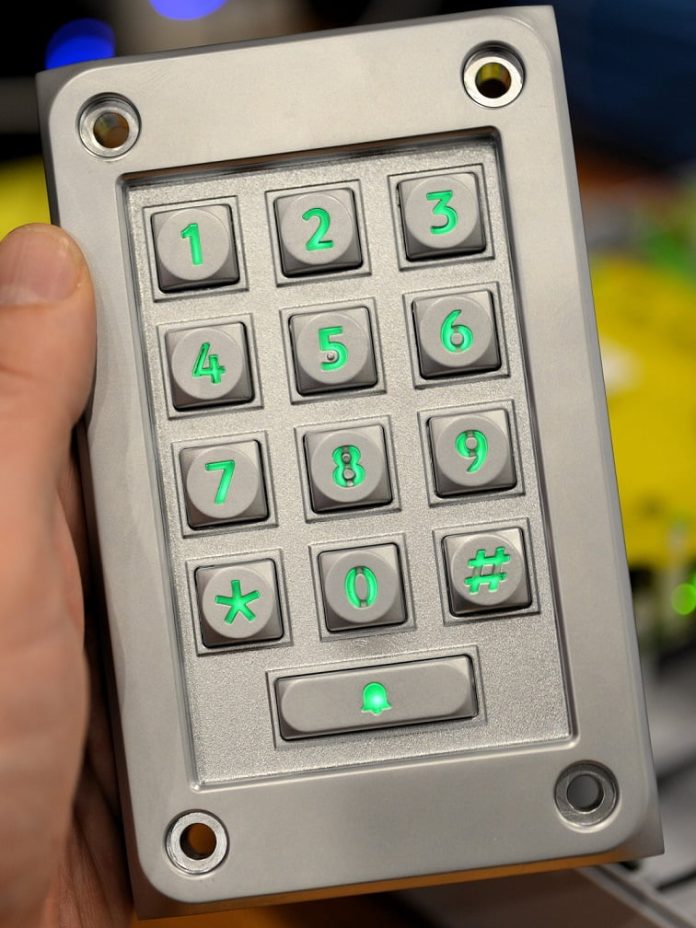Would you advocate for the continued use of keypads in access control solutions or would you argue that their time has passed?
A: Keypads still have something to offer – especially in domestic and small commercial applications. They are cheap, simple to install, need little maintenance and are available in a range of designs, from a lightweight, inexpensive unit designed to handle internal access duties, to a stainless, backlit keypad that’s weather and vandal resistant – perfect for gate and carpark access. The best external keypads won’t cost much more than $100 and will last forever. You’ll never need to get cards printed – there are no ongoing costs at all.
Obviously, there are some downsides to keypads. If the same PIN is in use by all staff for 5 years, the keys on the pad will wear unevenly in a way that makes it possible for a potential intruder to discover which keys are being used most commonly. The answer is to regularly change the code – once every few months is a realistic time span. This fact should be impressed on end users vigorously by installation and commissioning teams. Keypads can also limit the ability to track events beyond knowing the reader was used – unless you use a PIN per person, you won’t get granular event reporting.
Another problem with keypads is the fact that PIN numbers are much easier to pass on than cards. One person could inform dozens of people of a PIN number, or a PIN can be lost or stolen without anyone knowing, whereas a card can only be used by one individual at a time. This makes it more important to ensure that PIN numbers are changed regularly.
At this point in the development of access control technology, it’s hard not to see the natural successor to basic keypads as being basic biometric readers with the database parameters contained in the lock and no costly maintenance of card libraries. Regardless, there will always be applications that are well suited to keypad authentication.
#securityelectronicsandnetworks.com








